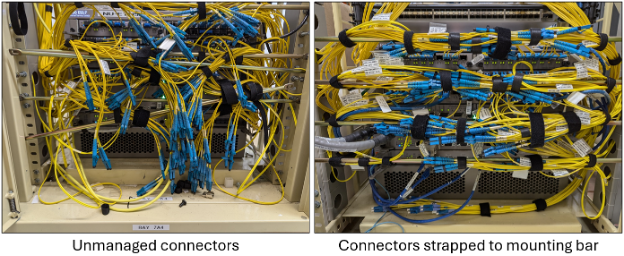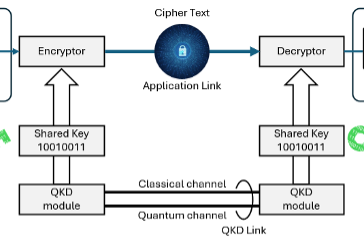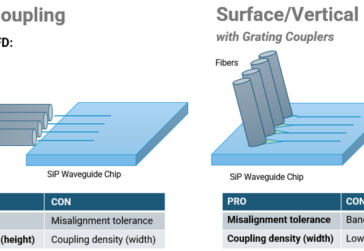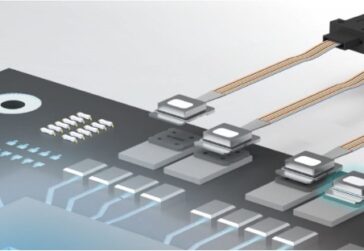Parcheggio dei connettori nei pannelli patch e negli switch
As networks continue to grow and become complex, maintaining organization and efficient management becomes paramount. As speed of network installation is an essential part of data center deployment, pre-terminated cables and tie-cables are widely used. The cables come with a fixed number of connectors which may not perfectly align with the number of ports to be livened up. The management of excess connectors becomes a problem as they can be left to dangle or clutter up the front of the switch faceplate, which can potentially damage the connectors or even potentially impact existing switch connections. In addition, faster identification of cables and connectors in the network for trouble shooting, maintenance, or audits can be performed without any clutter.
Proper connector parking can extend the lifespan of network equipment and reduce maintenance costs over time. By protecting connectors from wear and minimizing the risk of damage to cables, network managers can ensure stable performance and fewer interruptions. Moreover, an organized network environment not only makes daily operations more efficient but also reduces the time and labor associated with network upgrades, reconfigurations, or repairs.
Connector parking also plays a critical role in environmental cleanliness within network cabinets and closets. By keeping unused connectors tucked away, the risk of dust accumulation around connectors is reduced, which can otherwise impact performance and potentially damage sensitive electronics.
What is Connector Parking?
Connector parking is a process where unused or spare connectors are secured within designated slots on patch panels or switches. It is a crucial practice in structured cabling management. Not only does connector parking help keep cabling neat and manageable, but it also prevents accidental damage. The most common connector parking solutions deployed are the in-built parking lots, mounted parking lots, and parking caps.
In-built parking lots are patch panels or equipment that are designed to manage unused connectors. Although having this facility helps to manage unused connectors, it takes up precious space and the number of parling lots may be insufficient to manage all the connectors.
Mounted parking lots are purpose designed panels with the sole purpose of managing unused connectors. These parking lots can also incorporate excess cord management. This solution is usually no different from a standard patch panel with adapters that allow the spare connectors to be terminated without removing their dust caps. The downside of this solution is the need for at least a 1RU space on the rack which reduces space utilization efficiency. To avoid using rack space, a smaller version of parking lots, sometimes termed as 0RU is a panel with the same functionality but is mounted on the side of the panel. An example of the deployment of such a parking lot is the management of splitter output connectors. As they are deployed on-demand, the unused connectors can be managed in the parking lots.
Parking caps are plastic inserts that can be plugged into transceiver cages. These caps act as connector parking lots where unused connectors can be terminated without removing their dust caps. This is the most efficient method of managing spare connectors as the connectors can be preassigned and the cords properly managed when the cable is installed. Another simpler method is to tie off any spare connectors to mounting bars or mounting plates.

Conclusione
Connector parking might seem like a minor detail in network infrastructure, but its impact on organization, maintenance, and equipment longevity is significant. By adopting connector parking in patch panels and switches, network managers can simplify troubleshooting, reduce equipment wear, and improve the overall reliability of their networks.
As networks grow and demand even more meticulous management, practices like connector parking will become essential in maintaining well-functioning, efficient, and resilient network infrastructure.




